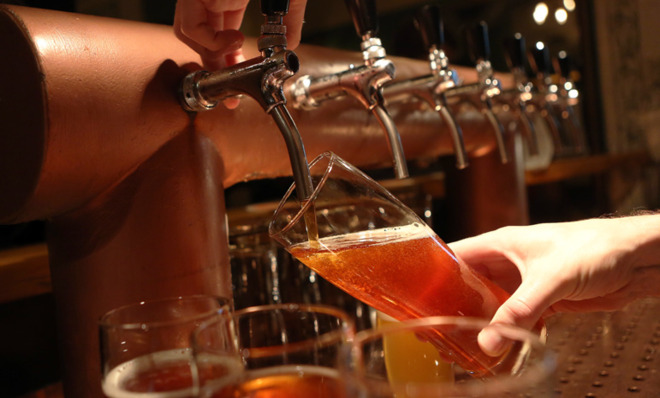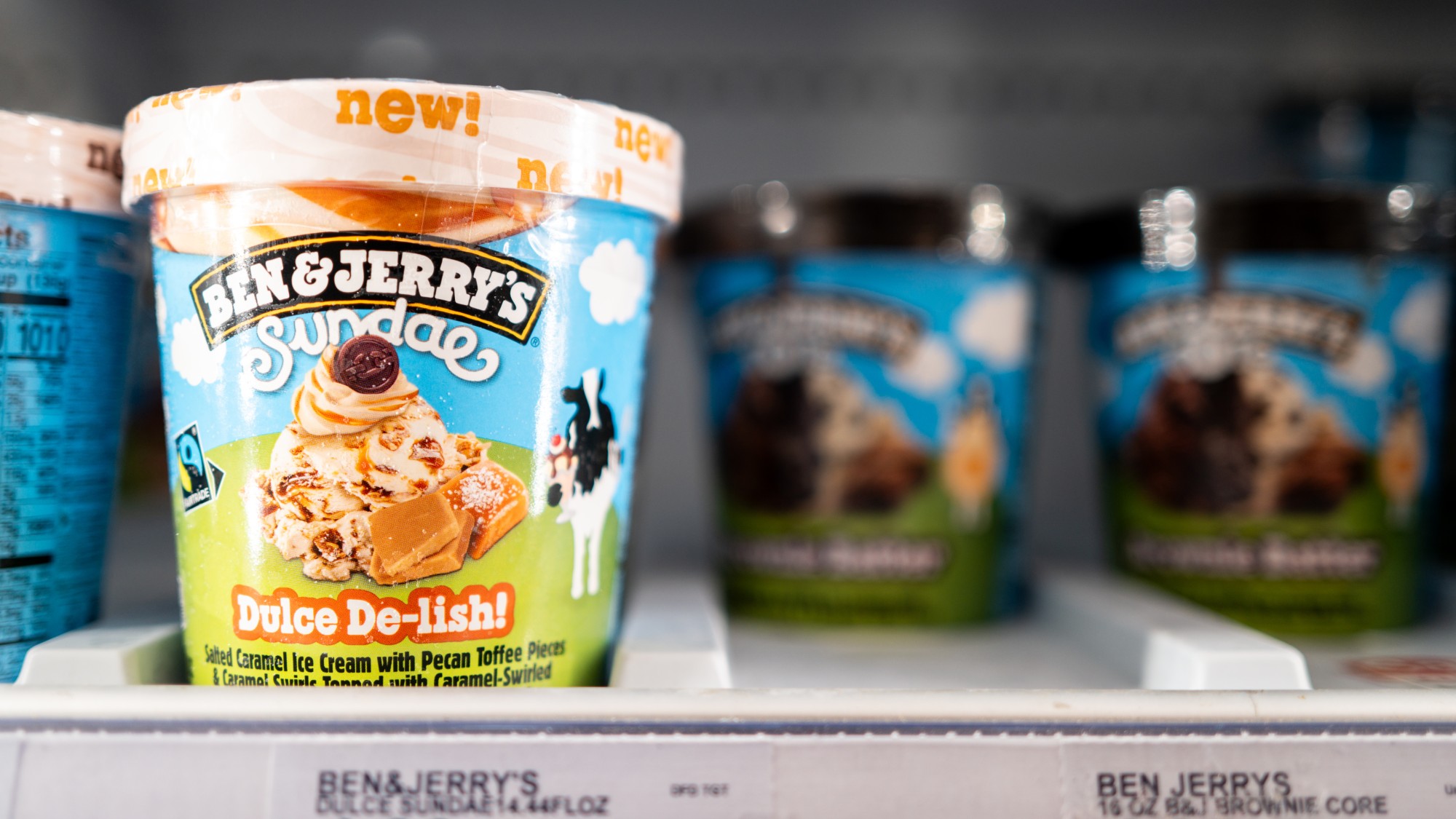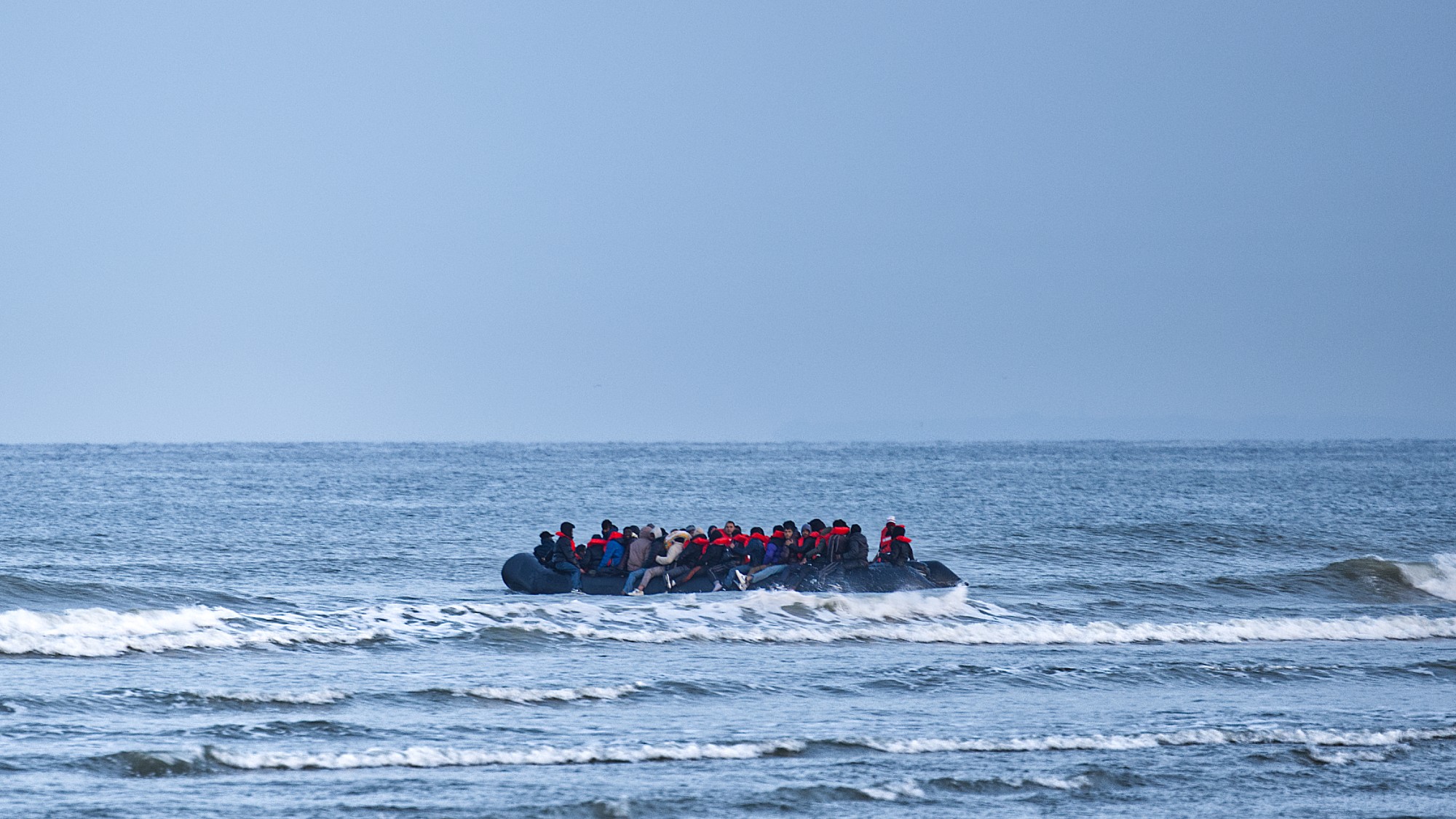Why states should stop limiting the alcohol content in your beer
It's not just Utah. Archaic booze laws around the country are stifling business and keeping you from trying some unique, tasty brews.


Last fall, a Scottish brewery debuted the world's strongest beer: Snake Venom, an English-style barleywine with an incredible 67.5 percent alcohol by volume (ABV). But residents of Mississippi can't purchase the bold brew. There, any beer with more than 8 percent alcohol by weight — or 10.2 percent ABV — is illegal. Heck, it's not even considered booze:
Although beer contains alcohol, it is not considered an "alcoholic beverage" in Mississippi's local option laws and is regulated differently from distilled spirits and wine... An alcoholic beverage is either a distilled spirit or a wine product that contains more than 5 percent alcohol by weight. [MS.gov]
We've all heard tales of Utah's infamous "near beer" (though the claim that you can't get anything in the state above 3.2 percent ABV — weaker than Bud Light and other watery brews — is a bit overblown). But Utah, Mississippi, and a few other states do still have archaic laws in place limiting the strength of beer that can be brewed and sold in-state.
It's an arbitrary restriction that redefines what is and is not "beer." The centuries-old German beer law Reinheitsgebot originally mandated that beer could only include barley, water, and hops (this was before they knew about yeast). It said nothing about alcohol content.
The Week
Escape your echo chamber. Get the facts behind the news, plus analysis from multiple perspectives.

Sign up for The Week's Free Newsletters
From our morning news briefing to a weekly Good News Newsletter, get the best of The Week delivered directly to your inbox.
From our morning news briefing to a weekly Good News Newsletter, get the best of The Week delivered directly to your inbox.
So why do some states limit ABV?
Such laws are largely holdovers from the demise of Prohibition, when states, concerned about the return of legal alcohol, imposed their own piecemeal restrictions as checks on drunkenness and alcoholism. Like many blue laws, they've since sat on the books, growing dusty, outdated, and forgotten.
That is, until the recent craft beer explosion. At the end of the 1970s, there were fewer than 90 breweries nationwide; there are more than 2,500 today, according to the Brewers Association. Sales of craft beer hit $10.2 billion in 2012, a 17 percent increase from the year prior. And the industry directly supports nearly 110,000 jobs nationwide, a total that's on the rise as more breweries and brewpubs open up.
A decade ago, in states with ABV caps, breweries found themselves heavily restricted in terms of what styles they could make. In places with a common 6 percent ABV cap, that meant no one could produce the popular German Dopplebock, which usually hits at least 7 percent ABV. And forget about brewing a Belgian Tripel, which typically boasts an ABV between 8.5 percent and 9 percent. That kind of restriction was terrible news for adventurous beer lovers and breweries alike, inhibiting innovation, limiting consumer choice, and hurting the budding business of craft beer.
A free daily email with the biggest news stories of the day – and the best features from TheWeek.com
"You can buy vodka or rum of a higher alcohol content than the beer limit," Ohio state Rep. Dan Ramos (D), who is fighting to raise his state's 12 percent cap, told The Week, "so it seemed like an unnecessary regulation, particularly now that the brewing industry is growing so rapidly."
The impact beer ABV limits have on choice is obvious. But the economic impact is significant as well. Since states regulate beer differently, breweries in places with ABV caps are at an inherent disadvantage, legally limited in what they can produce yet forced to compete with neighboring suds-slingers. Ramos said that soon after he introduced an ABV-raising bill in Ohio, a constituent emailed to say thanks, adding, "I'm tired of spending my money in Kentucky." (Only one neighboring state, West Virginia, has a limit on the ABV in its beer.)
Such laws also have a ripple effect across the entire food and beverage industry, limiting what restaurants and bars can sell and keeping would-be businesses from ever opening in states with ABV caps. If you wanted to open a beer store, you'd be better off setting up shop in a place where you could sell a wider array of products and cater to a more diverse clientele.
Moreover, the laws can harm law-abiding brewers who accidentally concoct a too-strong batch. Despite pouring tons of time and money into the product, "if it hits 12.1 [percent]," Ramos said, referring to Ohio's ABV limit, "you have to pour the whole thing out."
"For a small brewer, that might be the difference between staying open and not," he added.
Likewise, the Brewers Association argues that "beer styles should reflect demand for these beers from responsible beer drinkers, and should not be restricted through artificial barriers to market entry."
At first, attempts to scrap such laws met with stiff resistance from skeptical lawmakers and concerned substance abuse groups.
"What's the matter with the beer we got?" Alabama state Rep. Alvin Holmes (D) argued in 2008. "The beer we got drink pretty good, don't it?"
Fortunately for beer connoisseurs and brewers, that sentiment is softening. Grassroots organizations vying to at least raise ABV caps — like Raise Your Pints in Mississippi, Pop the Cap in North Carolina, and Free the Hops in Alabama — have been enormously successful in the past few years. Montana raised its limit to 14 percent in 2008, while Vermont upped its cap to 16 percent, thus allowing The Alchemist to brew its renowned Heady Topper (8 percent ABV). Alabama and West Virginia followed suit one year later, increasing their ABV limits to 13.9 percent and 12 percent, respectively, from 6 percent.
As for Ramos, he's optimistic Ohio will follow suit. A bill he introduced in 2011 to raise the ABV limit attracted only nine co-sponsors; after reintroducing the bill this session, 21 co-sponsors got on board.
For the consumer, that means more choice, more competition, and better beer. And for states, it means supporting a vibrant, growing business. Take Mississippi, which saw a 500 percent increase in the number of breweries and a similar boom in the beer distribution industry after upping its ABV limit to 10.2 percent in 2012, from 6 percent, according to Raise Your Pints.
"It's been painful that breweries in other states could do all these things and we couldn't," Mark Henderson, co-owner of Mississippi's Lazy Magnolia brewery, told a local NBC affiliate after the state boosted the allowable ABV. "At the end of the day we produce locally, compete globally."
Jon Terbush is an associate editor at TheWeek.com covering politics, sports, and other things he finds interesting. He has previously written for Talking Points Memo, Raw Story, and Business Insider.
-
 Phish food for thought: Ben & Jerry’s political turmoil
Phish food for thought: Ben & Jerry’s political turmoilIn the Spotlight After a landmark demerger by Unilever, spinning off their ice cream brands, a war of words over activism threatens to ‘overshadow’ the deal
-
 Magazine solutions - December 12, 2025
Magazine solutions - December 12, 2025Puzzles and Quizzes Issue - December 12, 2025
-
 ECHR: is Europe about to break with convention?
ECHR: is Europe about to break with convention?Today's Big Question European leaders to look at updating the 75-year-old treaty to help tackle the continent’s migrant wave
